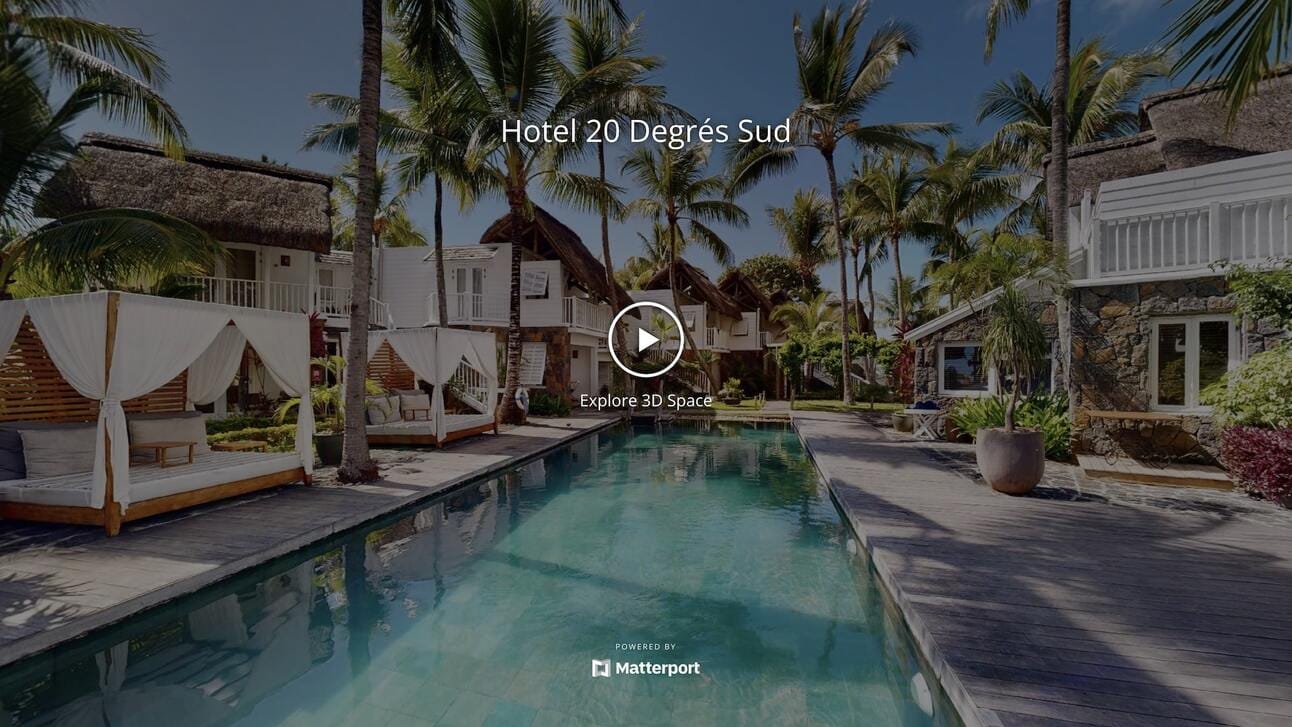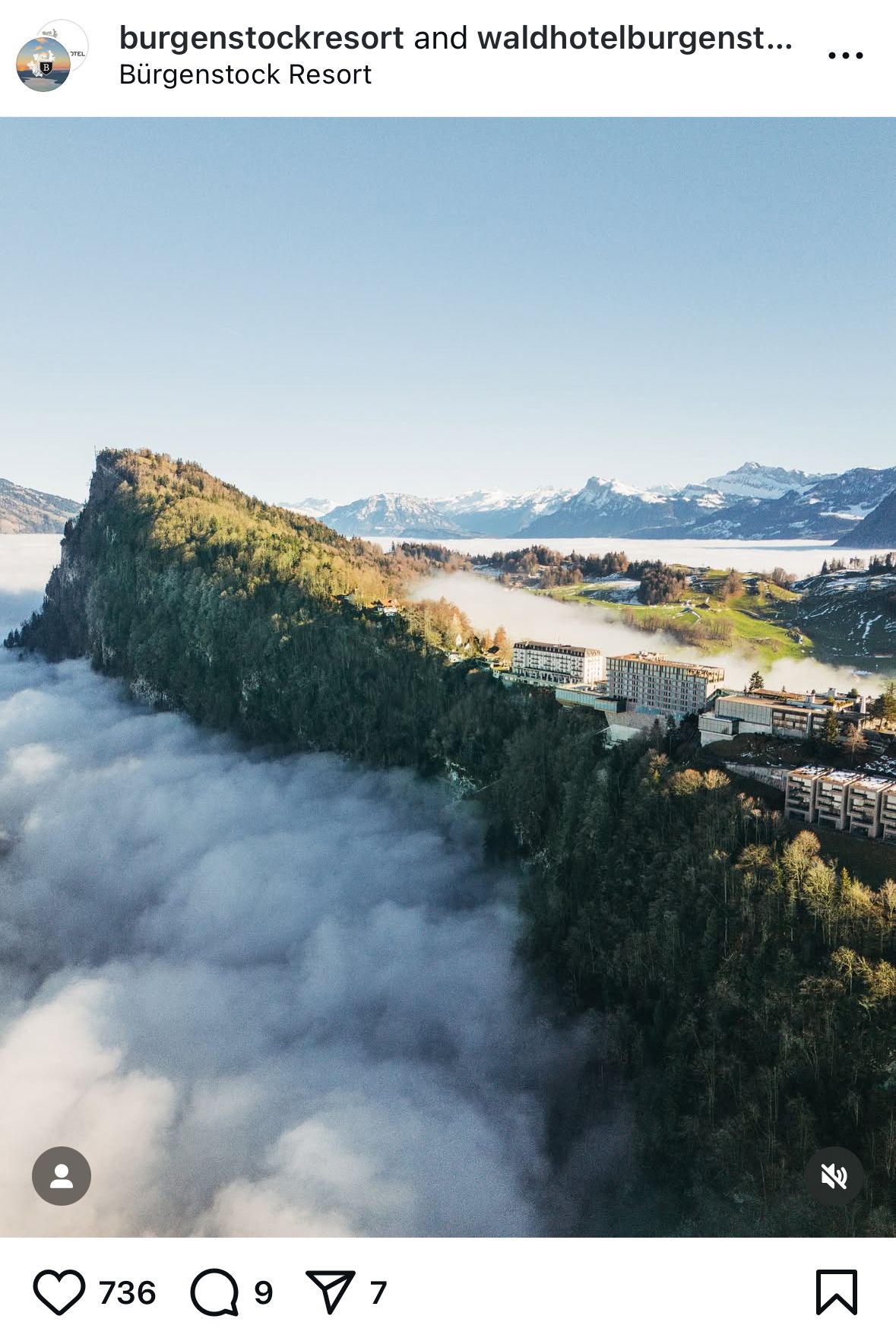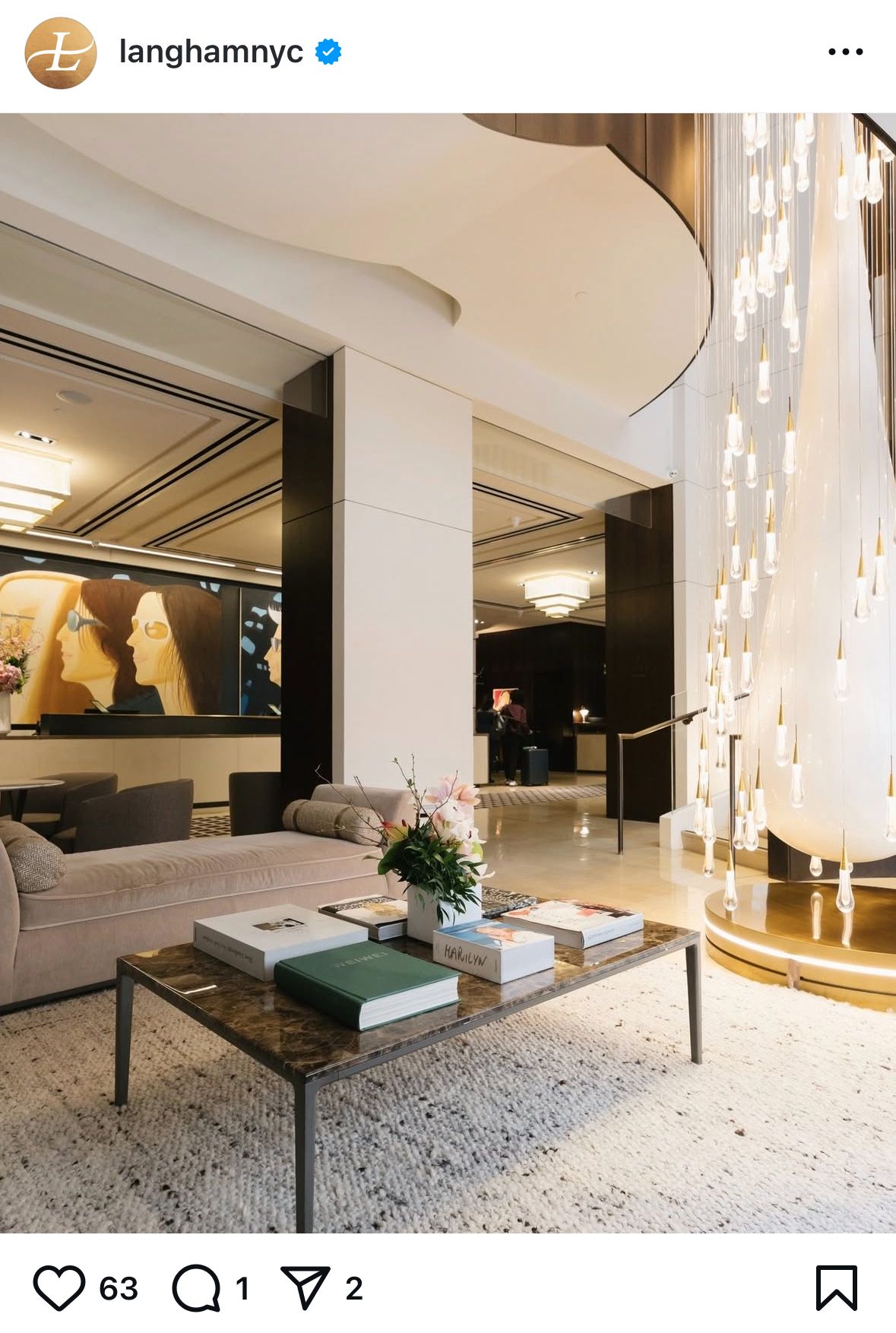- Booked Solid
- Posts
- selling sustainable luxury
selling sustainable luxury
This week's strategy: balancing the duality of luxury and sustainability

Bonjour Travel Whisperer,
93% of global travelers want to make more sustainable travel choices. But most (especially in luxury) don’t lead with “I want sustainable travel.”
They lead with “I want something meaningful, different, well-designed, and thoughtful.” Your job is to connect the dots.
I joined a call with luxury sustainability expert Laura Steinbrink. I’ve got some juicy takeaways to share.
What you'll learn from this week's strategy:
What sustainable luxury means in 2025
What actually resonates with luxury travelers (it’s not the word “eco”)
A checklist for evaluating experiences and providers (great for FAM trips)
Before we begin, one of our favorite sustainable-focused stays: Lefay Resort at Lake Garda. A whole lotta natural beauty.

Source: @lefayresorts
Was this email forwarded to you?
CLIENT STRATEGY: FRAMING SUSTAINABILITY
Sustainable travel doesn’t mean sleeping in a tent and turning off the AC.
As Laura said, it means “building itineraries that respect the planet, support people, and still meet your client’s definition of luxury.”
Let’s bust a few myths.
Myth #1: Sustainable travel is only for “eco travelers”
Reality: This isn’t a niche anymore.
Farm-to-table dining, clean beauty products, local art, wellness-focused lodging—these are already core to many luxury experiences.
Travelers don’t have to identify as “eco-conscious” to want something meaningful, personal, and responsible.
Myth #2: Itineraries can be sustainable or luxury, but not both
You can absolutely do a day-time eco-walk through the forest and then go sleep in luxury bamboo sheets at night.
Balance is not hypocritical. Understand (and be able to explain) the duality.
Myth #3: You have to go off-grid
Travelers don’t need to disappear into the jungle. They can take a cooking class that supports a local women’s cooperative or visit an artist who’s preserving a cultural tradition.
True sustainability is about conscious connection.

Source: The Bush Camp Chiang Mai
So what does sustainability mean in 2025?
It’s not just about being “green.” It’s about:
Reducing environmental impact (energy, water, waste, emissions)
Supporting local economies and cultures
Designing experiences that benefit communities as much as guests
Being intentional, not performative (no greenwashing)
Think People. Planet. Profit.
That said, travelers still like benefits. So that’s still what you’ll lead with. And that’s how you’ll sell.
What resonates with luxury travelers in 2025
Ok, here’s where you’ll need to take some notes. Here’s what’s working according to Laura:
Leading with benefits
Speak their language. Use value-driven language in your emails and marketing (e.g., “clean luxury,” “consciously crafted,” “organic dining,” “supports local communities”)
Explain the why behind the label. Don’t just say “eco-certified”—show how that adds to the experience
Make it personal. Translate sustainability into personal benefits (“You’ll sleep better, eat fresher, and support the region while you relax.”)
Virtual tours

Let them see it. Incorporate immersive visuals or short videos in your emails, landing pages, or social media
Use media with emotional impact. Use walk-throughs from eco-lodges, video clips of cultural activities, or “why this matters” footage from local hosts
Borrow content from your partners. Ask your DMC or partner properties if they have any pre-built video assets you can repurpose
Show your commitment
Make your values visible: Add a “Sustainability” or “Travel with Purpose” page to your website that clearly shares the causes you support, the certifications you trust, and the types of partners you work with.
Join a giving program: Consider signing up for something like 1% for the Planet and display the badge proudly on your site, in your email signature, and on proposals.
Tell better origin stories: Share why you care about sustainability personally—through your About page, welcome sequence, or even social captions. Clients want to know why you choose what you choose.
Using it: Don’t blindly take these and throw them into your marketing. Think about how your brand can naturally blend with these principles.
If you have a trusted customer you can talk to, ask about their thoughts on sustainability. Get it from the source.
Vetting Checklist ✅
If you’re going on a FAM trip and you want to see whether the hotel or experience walks the walk, here are some questions you can ask.
Are they certified by EarthCheck, Green Globe, GSTC, or Green Key?
Do they share measurable impact (carbon, waste, water use, employment)?
Do they invest in the local economy?
Do they train and hire locally?
Are they B Corp certified (if it’s a broader travel group or company)?
Do they work with local artisans, chefs, or guides to create exclusive experiences?
Is the property built or renovated using low-impact, regionally sourced materials?
Do they have transparent sustainability reporting or an annual impact report?
Sure, it’s unlikely your customers will ask about each of these points. But proactively having these details will elevate you as an advisor that makes it a point to know.
🌴 Places we wanna go (sustainable luxury edition)
Six Senses Zighy Bay - Oman

Bürgenstock Resort – Lake Lucerne, Switzerland

The Langham – NYC

Tyler’s Thoughts
In some ways I think pushing sustainability is our duty as travel professionals.
But I also believe that if it doesn’t feel right for you, that’s totally ok!
You shouldn’t feel pressured into selling sustainability or feel the need to push it if it doesn’t align with your brand.
Sustainability can be subtle. It can be how we think or talk about certain things. It can be how we treat our itineraries. It mean a lot of things.
Ultimately it’s up to each person to decide what sustainability means for their business and their clients.
Until next time,
Tyler
PS: For some extra reading, last year’s sustainability report from Virtuoso gives you an idea of how the industry is thinking about all this.